Capturing the right moment when the object we want to shoot is moving, often at a great speed, is quite a challenging task.
Yet, if we manage to get what we want from it, it can really depict the emotion or reveal something that is not visible to the naked eye. So, what is it that we need to know when it comes to action photography?
To begin with, our subject is moving and we can’t simply freeze it to look nice and sharp, which is the case when it comes to shooting immovable objects. We can’t arrange the direction or intensity of light, but work with what we’re given. Do all these obstacles make the tasks almost impossible? Well, not exactly.
Get the right equipment
No good photo can be taken without at least solid equipment. Your camera doesn’t have to be the top of the line DSLR to take amazing action shots, but it needs to help you adjust the parameters you need and you need to know how to make the most of your equipment. That means you should be familiar with how to adjust how your camera focuses and allow continuous focus tracking. Once you’ve set the focus point on your camera, make sure you set the camera to take multiple frames per second because you never know how good your shots will be, and you simply need more options. Also, the dynamics change rapidly and you might get completely different results within a timeframe of one second. Hopefully, you know how to manage the shutter speed and aperture in order to blur the background or freeze the action.
In addition to having a good camera, it’s worth investing in the best memory card for it. It’s important that you choose the correct memory card so that it is capable of keeping up with the demands of your camera. Depending on what camera you are using and how many photos you are planning on shooting, will depend on what card you will need. Typically, you will need to choose a fast memory card in order to gain full advantage of your cameras features. Check out our full range of the best memory cards – here.
Know your sport
If you’re taking photos of sporting events, it’s really helpful to know what it entails as only then can you correctly anticipate the crucial moment, which might give you the shot you are after. Knowing where and when the action is happening will make your job much easier. If you like or understand football, for example, you will know which position to take and when to expect a tackle, a goal or celebration. Similarly, if you’re covering outdoor activities, such as off-road races or dirt jumping, you will know where to stand to get the contrast between all the dirt and dust around cyclists and their typically colourful dirt bike accessories. Since their faces are usually covered, you can’t expect to capture the expression on them, but the focus should be on the action.
What is it that you want to capture?
The success of your endeavour will largely depend on the story you wish to tell. Let’s say your focus is the speed at which the subject is moving. Would you completely freeze the action? Probably not. Or, if you wanted to take a shot of someone jumping a long distance, would you shoot a very tight shot of your subject with no background but the sky? Do you think it would be easy for people to realise the magnitude of the effort invested in the jump? So, before you release the shutter, think well about what it is that you want to show with the images you take.
Composition
You can choose between horizontal or vertical composition, depending on certain aspects of your image or a requirement you might have received from your client. For example, a magazine cover or a single-page ad are usually vertical shots, but a spread or photos on the web require a horizontal format. Still, these are just general rules, since the particular subject may not fit in the frame if you follow these rules.
In addition to this, there’s a small matter of choosing between tight and wide shots. The choice is dictated by our intention. Do we wish to show the background or not? Is our focus on an athlete and we don’t want anything else in the image to distract us? Needless to say, you will need the correct lenses to achieve the desired effect.
Making it more interesting
Since you’re trying to capture the action, you need to make it reflect what’s going on at the moment. It takes some time to practise getting good shots, but your aim should be to make the image interesting. You can achieve this by choosing to capture the subject moving into or out of the frame and if you’ve chosen the right composition, you’ll probably be satisfied with the results. The mood of an image is created by using compositional elements, such as diagonal lines down to the right, which suggests fast motion. Similarly, diagonal lines up to the right indicate slow(er) climbing. Finally, you need to work with the focus. It can create shapes out of the foreground and background objects alike, just like light and shadow can achieve the same effect.
Timing
They say timing is everything in so many aspects of our lives. This may be a bit exaggerated, but not when it comes to action photography. Since everything happens very fast, you have to find that split second where things look exactly the way you want them to look and when the action is at its peak. Novice photographers may be frustrated at first but should find solace in knowing that it really takes a lot of practice and unsuccessful attempts to get it right when it comes to timing.
Emotion
An image of a subject’s face while in action can tell a wonderful story. The most beautiful part is that it’s often the case that spectators or viewers at home miss it and you are there to tell a more in-depth story about the event. Tight muscles exerting force always add to the dynamics of the image, for example. The face can show happiness, anger or stunning determination and all these emotions can change very quickly, in a matter of seconds. Managing to create an image that encapsulates such emotions can paint the picture in a way that almost no words can. Such an image is universal and stirs the same emotions in people regardless of where they are from.
Safety
Finally, you need to make sure you are not reckless in your attempts to get that perfect shot. Safety should always come first and you need to avoid getting injured or inflicting injury on others, including your subject in motion. So, never opt for positions where you might get hit by athletes or, even worse, vehicles. You should not distract your subject during the activity since it will be counterproductive for both their performance and your task.
Taking action photos is not a simple task and it requires a lot of practice, patience and guidance. Still, once you master the basics, you’ll see how your results get better over time, which is the ultimate goal of each photographer.






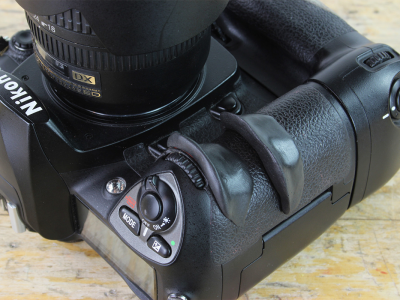





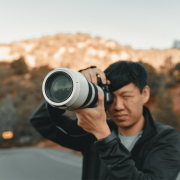
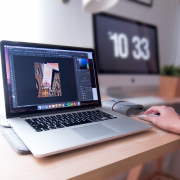


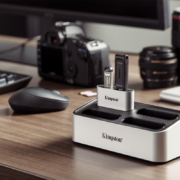

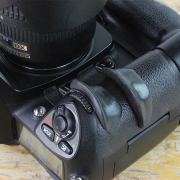




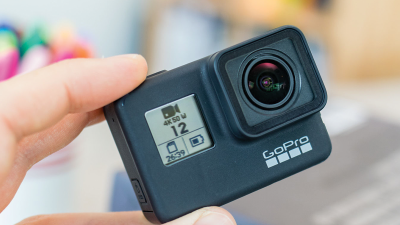


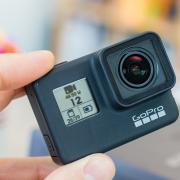
[…] be afraid to add movement into the overall composition. If you’re taking action photos of someone running in a race, consider slowing your shutter down to capture the movement of the […]